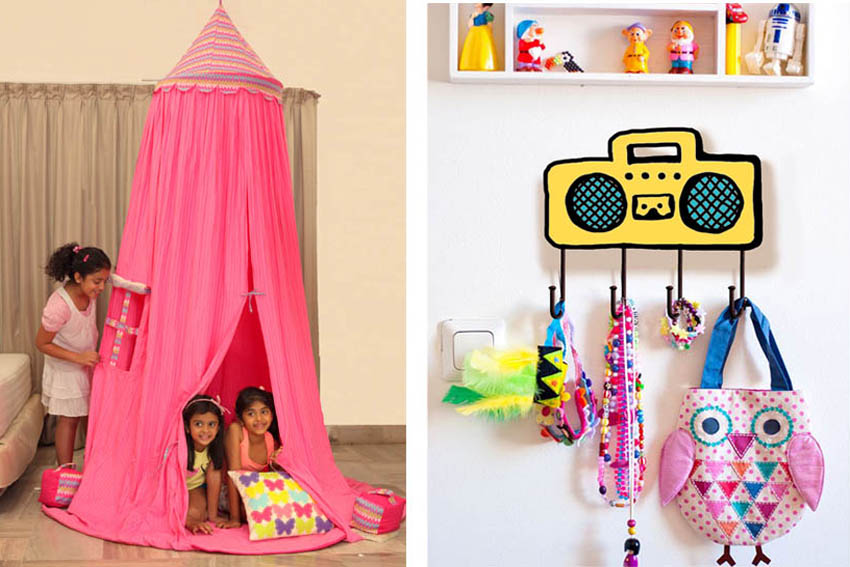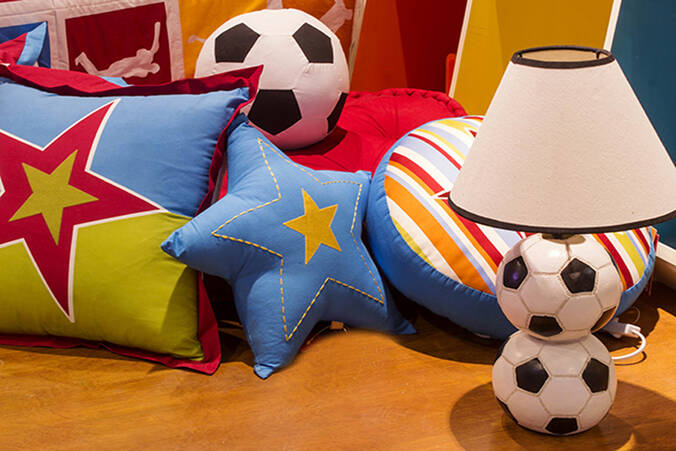Photographs: Roheena Nagpal
Ever looked at kids' fashion these days and wondered how we never had so many options when we were growing up? Well, the same is true of children’s furniture. Detailed study on ergonomics and experimentation with style permeates everything from furniture and accessories to lighting for your child’s room. Read on to find out how to keep things right with wise decisions about furniture, hardware and lighting with interior designer Roheena Nagpal of Roheena Nagpal Design.
1. Form follows function. There is much versatility in children’s room furniture. But do not compromise on fun elements. Ensure your furniture layout makes space for play and imagination.
2. Overcome that bunk bed fetish. Bunk beds are a bad idea for Indian homes. A research conducted by Roheena Nagpal Design on kids’ rooms, bed styles and usability, revealed that 90% of bunk beds become toy storages (top bunk) after about 6 months of usage. They are used for play but not for sleep.
3. Storage is what really makes or breaks a room! When planning storage, make a list of all the things that your child possesses: books, games, CDs, toys, clothes, curios. Then ensure space for all their needs. If these groups are not catered to in an organised fashion, then their room is bound to be always cluttered.
4. Cater to the overlooked. Have you made space for the sports accessories such as rackets, balls, skateboards, etc? These are a part of children’s lives for 7-10 years, are used often yet they have no pride of place. A sports cabinet is a must-have.
 Do not compromise on fun elements. Ensure your furniture layout makes space for play and imagination
Do not compromise on fun elements. Ensure your furniture layout makes space for play and imagination5. Inculcate good habits. Organisers for pen stands in bright colours will encourage your child to be orderly. Provide lots of coloured drawers to keep small stuff. Furnish the room with side tables where they can keep their things and not strew them around.
6. Have fun with the detailing. Go for cool furniture hardware that can be changed every few years to keep things fresh. Also, let the kids pick interactive curtain magnets and tie-backs to get a sense of independence.
7. A child’s room must have a bright, cheerful ambience. Lights at 3,500 to 4,000 colour temperature and no shadows are ideal, as far as technical specifications go. Bring some buoyant energy with multi-coloured lampshades.
8. Pair side tables with table lamps for when you’re putting your child to sleep or a reading lamp for the older children to read before they sleep. A subjective requirement is a night lamp for when they wake up in their sleep.

















